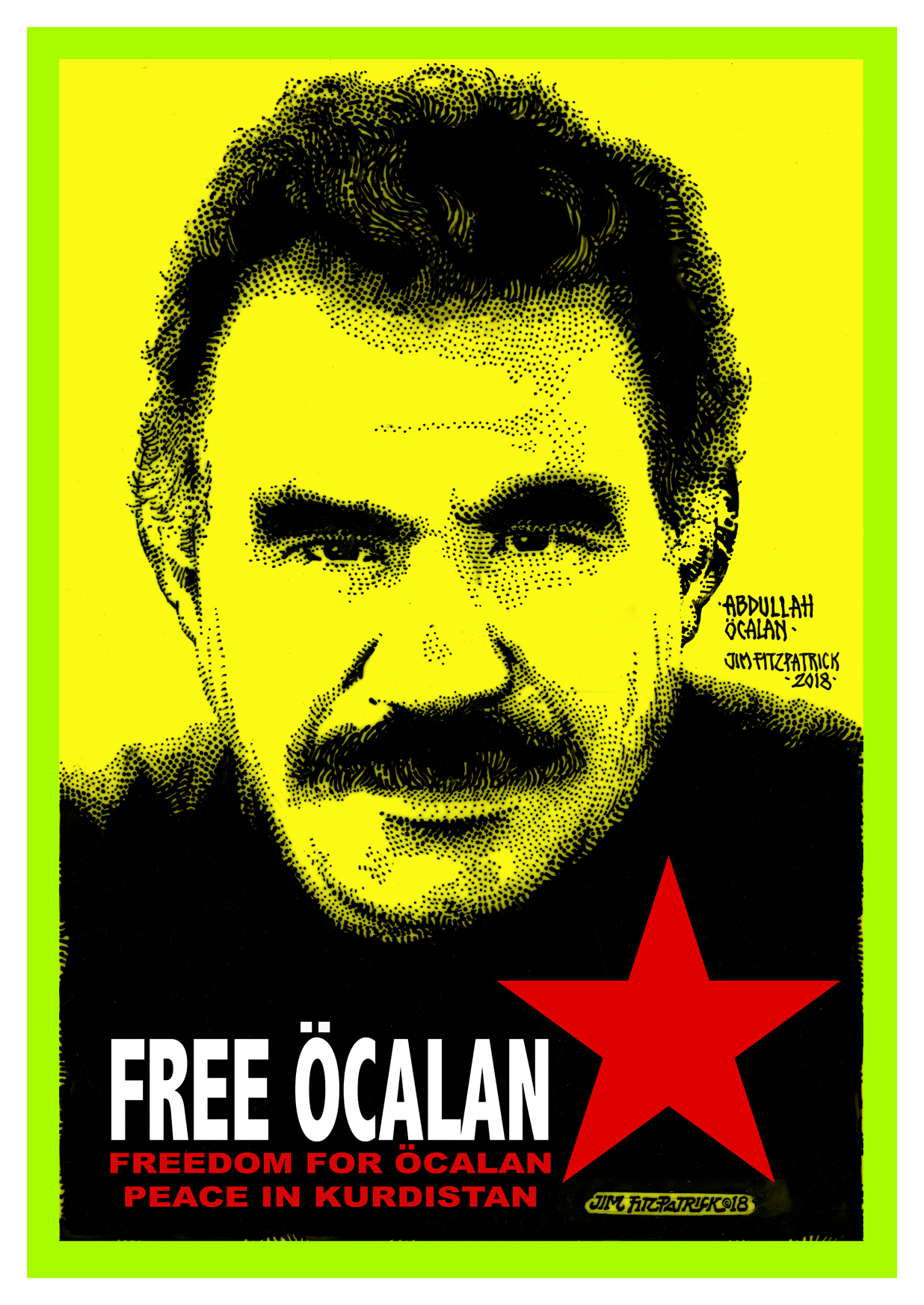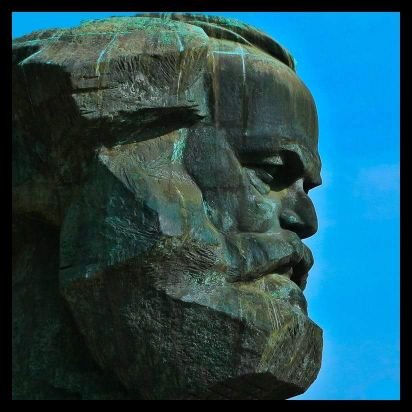«David Harvey, Piketty and the central contradiction of capitalism»: Michael Roberts
 David Harvey is the well-known Marxist Professor of Anthropology and Geography at the Graduate Center of the City University of New York. Harvey has a new book out and has also reviewed Thomas Piketty’s (http://davidharvey.org/2014/05/afterthoughts-pikettys-capital/). Harvey is pretty critical of Piketty’s book. Harvey recognises that Piketty provides powerful data on the inequality of wealth and income in the major capitalist economies since the capitalism became the dominant mode of production and social relations from about 1750. “What Piketty does show statistically (and we should be indebted to him and his colleagues for this) is that capital has tended throughout its history to produce ever-greater levels of inequality. This is, for many of us, hardly news. It was, moreover, exactly Marx’s theoretical conclusion in Volume One of his version of Capital.”
David Harvey is the well-known Marxist Professor of Anthropology and Geography at the Graduate Center of the City University of New York. Harvey has a new book out and has also reviewed Thomas Piketty’s (http://davidharvey.org/2014/05/afterthoughts-pikettys-capital/). Harvey is pretty critical of Piketty’s book. Harvey recognises that Piketty provides powerful data on the inequality of wealth and income in the major capitalist economies since the capitalism became the dominant mode of production and social relations from about 1750. “What Piketty does show statistically (and we should be indebted to him and his colleagues for this) is that capital has tended throughout its history to produce ever-greater levels of inequality. This is, for many of us, hardly news. It was, moreover, exactly Marx’s theoretical conclusion in Volume One of his version of Capital.”
But, as Harvey says, Piketty says nothing about recurrent crises of production and investment in capitalism. Piketty “does not tell us why the crash of 2008 occurred and why it is taking so long for so many people to get out from under the dual burdens of prolonged unemployment and millions of houses lost to foreclosure. It does not help us understand why growth is currently so sluggish in the US as opposed to China and why Europe is locked down in a politics of austerity and an economy of stagnation. “
Then Harvey tells us that all Piketty had to do was read Marx (which, as I have pointed out before, he did not do –
http://thenextrecession.wordpress.com/2014/05/06/have-you-read-piketty-well-he-has-not-read-marx/)
If he had, says Harvey, he would have found in “Volume 2 of Marx’s Capital (which Piketty also has not read even as he cheerfully dismisses it) Marx pointed out that capital’s penchant for driving wages down would at some point restrict the capacity of the market to absorb capital’s product.”
So Harvey says the explanation of crises in capitalism is to be found in Marx’s Capital Volume 2 and not in Volume 1 or 3. Actually, there is no explanation of recurrent crises of capitalism to be found in Volume 2. It is mostly in Volume 3 with Marx’s outlining of the law of the tendency of the rate of profit to fall and its countertendencies.
Harvey’s ‘underconsumption’ alternative explanation is not new from him (see my post on Harvey back in 2011,
http://thenextrecession.wordpress.com/2011/11/13/david-harvey-marxs-method-and-the-enigma-of-surplus/
and also see Paul Mattick Jnr’s excellent critique of Harvey’s work, mattick on harvey). But it is not Marx’s explanation.
In his new book, which looks well worth reading (http://davidharvey.org/2014/03/new-book-seventeen-contradictions-end-capitalism/) – I have not read it yet – Harvey outlines what he sees as “the contradictions at the heart of capitalism – its drive, for example, to accumulate capital beyond the means of investing it, its imperative to use the cheapest methods of production that leads to consumers with no means of consumption…”
Indeed, Harvey’s position is that Marx’s law of profitability is irrelevant to an explanation of crises. It leads him to argue that the neo-liberal drive to raise profits from the 1980s was not “dictated by any mathematical law” (presumably meaning Marx’s law of profitability). He quotes Alan Budd, an economic advisor to Margaret Thatcher who confessed in ‘an unguarded moment’ that the anti-inflation policies of the 1980s turned out to be “a very good way to raise unemployment, and raising unemployment was an extremely desirable way of reducing the strength of the working classes…what was engineered there in Marxist terms was a crisis of capitalism which recreated a reserve army of labour and has allowed capitalists to make high profits ever since.” (Budd). This quote actually suggests to me that the neo-liberal agenda was very much to restore profitability that had reached post-war lows by the late 1970s. But apparently, according to Harvey, the deep double-dip recession of the early 1980s that devalued and destroyed capital and restored profitability had nothing to do with it. Instead “it was all about politics”.
Harvey criticises Piketty for failing to observe that the squeeze on wage share and the potential ‘underconsumption’ that it could create was overcome by a massive rise in household debt: “where is the demand? Piketty systematically ignores this question. The 1990s fudged the answer by a vast expansion of credit, including the extension of mortgage finance into sub-prime markets. But the resultant asset bubble was bound to go pop as it did in 2007-8 bringing down Lehman Brothers and the credit system with it.” Thus crises are a product of a lack of demand. Credit bubbles can compensate, but only for a while.
In a new paper, Esteban Maito shows just that. Using Piketty’s own data, he finds that it is Marx’s law of the tendency of the rate of profit to fall over time that is confirmed by the evidence, not Piketty’s stable return on capital
(Maito__Esteban_Ezequiel_-_Piketty_against_Piketty_(on_evaluation_on_Review_of_Political_Economy)-libre).
Maito explains that “in Piketty´s perspective, capital is not related to the production or valorization process. As a synonym for the word “wealth”, any good or service exchangeable in the market is capital. But the trends described by Marx refer to capitalist production. In this respect, any assessment of Marxian theory, even its empirical validation, has to consider this basic aspect in its analysis. In such a way, “dwellings” should not be considered part of the capital, as particular consumer goods rather than means of production. Similar considerations may be stated in other cases like “financial assets” (a pure circuit M-M´) or “land”.
Indeed, over the recent period (since the mid-1960s peak), even Piketty’s return on capital has tended to fall in line with the Marxian rate of profit because land and residential property have become less significant as a share of wealth compared to machinery and non-residential property.
Marx’s law of profitability explains the central contradiction of capitalism, not Piketty’s r, nor Harvey’s ‘no means of consumption’.
Fuente: Michael Roberts Blog


























